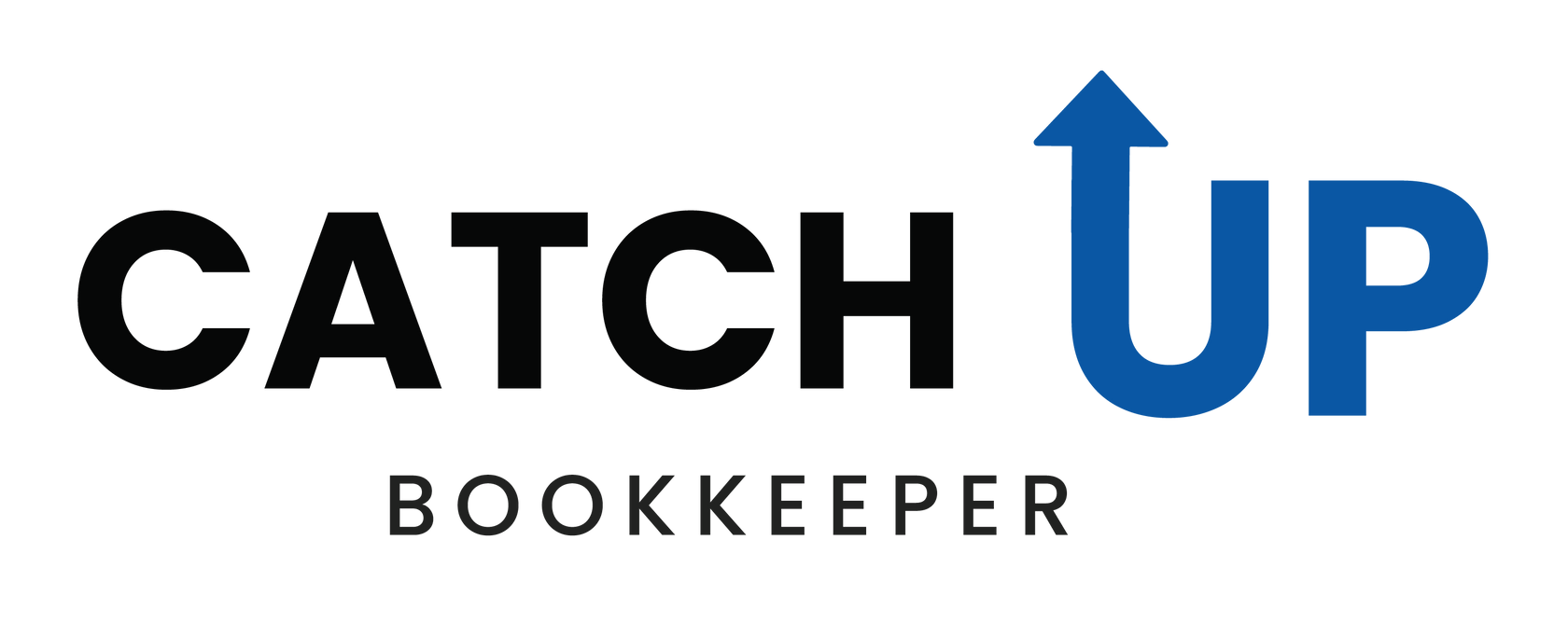How to Claim Moving and Relocation Expenses on Your Canadian Tax Return
Mark Virgil Lofranco • 14 September 2024
If you’re one of the many Canadians who move each year for work, education, or to start a business, there’s a silver lining at tax time: you may be able to deduct moving expenses on your personal income tax return. This can offer significant savings, so it’s worth exploring if you qualify and which expenses you can claim.
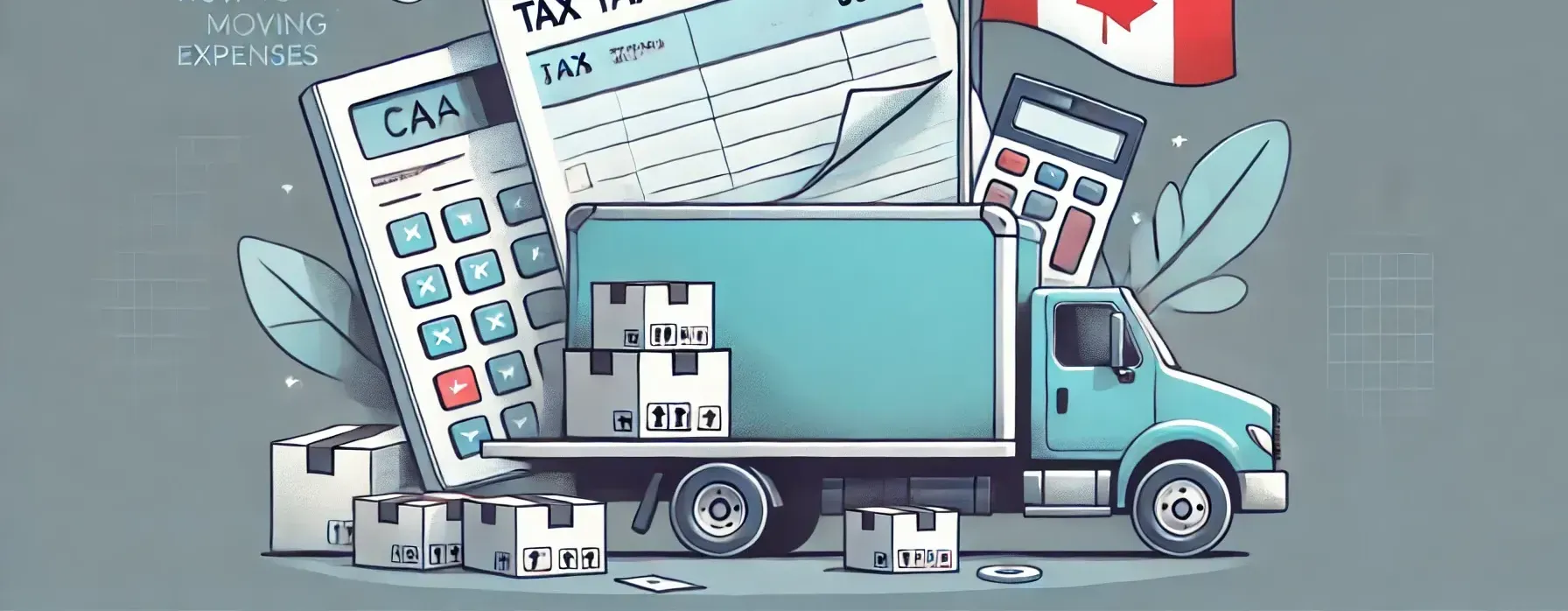
Who Can Claim Moving Expenses?
To claim moving expenses, you must meet certain eligibility criteria:
- Moving for Employment or Business: If you moved to be closer to a new job or to start or run a business, you may be eligible to deduct moving expenses. The key condition is that your new home must be at least 40 kilometers closer to your new workplace than your previous residence.
- Full-Time Students: If you’re a full-time student and have moved to attend post-secondary education, you can also claim eligible moving expenses. This applies whether you moved within Canada or internationally, provided that you are considered a deemed or factual resident of Canada and report part of your scholarships, fellowships, or grants as income. You must also have taxable income following the move, such as scholarships or employment income, to claim the deduction.
- Insufficient Income in the Year of the Move: If your income in the year of the move is too low to deduct your expenses, the deduction can be carried forward to future years when you have sufficient income.
Eligible Moving Expenses
The Canada Revenue Agency (CRA) allows several types of moving expenses to be deducted, including:
- Transportation and storage costs: Includes the cost of movers, packing, in-transit storage, and insurance.
- Travel expenses: Vehicle costs, meals, and accommodations for you and your family while moving to the new location. For vehicle and meal expenses, you can choose between the detailed method (keeping all receipts) or the simplified method (using flat rates).
- Temporary living expenses: Up to 15 days of temporary accommodations and meals for you and your family.
- Lease cancellation costs: Fees for canceling a lease on your old residence.
- Vacant property costs: If your old home was vacant after the move, you can deduct up to $5,000 in expenses related to maintaining the property.
- Incidental expenses: Costs for things like changing your address on documents, replacing licenses, and utility disconnections or hookups.
- Selling costs: Legal fees, real estate commissions, advertising costs, and mortgage penalties related to selling your previous home.
Ineligible Moving Expenses
Some expenses, however, are not eligible for deduction:
- Employer-covered moving costs that are not reported as a taxable benefit.
- Home staging costs or any expenses incurred to make your old home more attractive to buyers.
- Losses on the sale of your previous home.
For a full list of ineligible expenses, the CRA provides detailed guidelines.
How to Claim Moving Expenses on Your Tax Return
To claim moving expenses:
- Use Form T1-M: Calculate your deductible moving expenses using the T1-M Moving Expenses Deduction form.
- Report on Line 21900: Enter the total on line 21900 of your T1 personal income tax return.
- Keep receipts: You don’t need to submit Form T1-M or receipts with your tax return, but be sure to keep all documents in case the CRA requests them.
By understanding and properly claiming moving expenses, you can reduce your tax burden and keep more money in your pocket during a significant life transition.
Key Takeaways
- Moving for a new job, business, or full-time studies may make you eligible to deduct certain moving expenses.
- Your new residence must be at least 40 kilometers closer to your new workplace or school.
- Ineligible expenses include losses on the sale of your prior home or employer-covered moving costs.
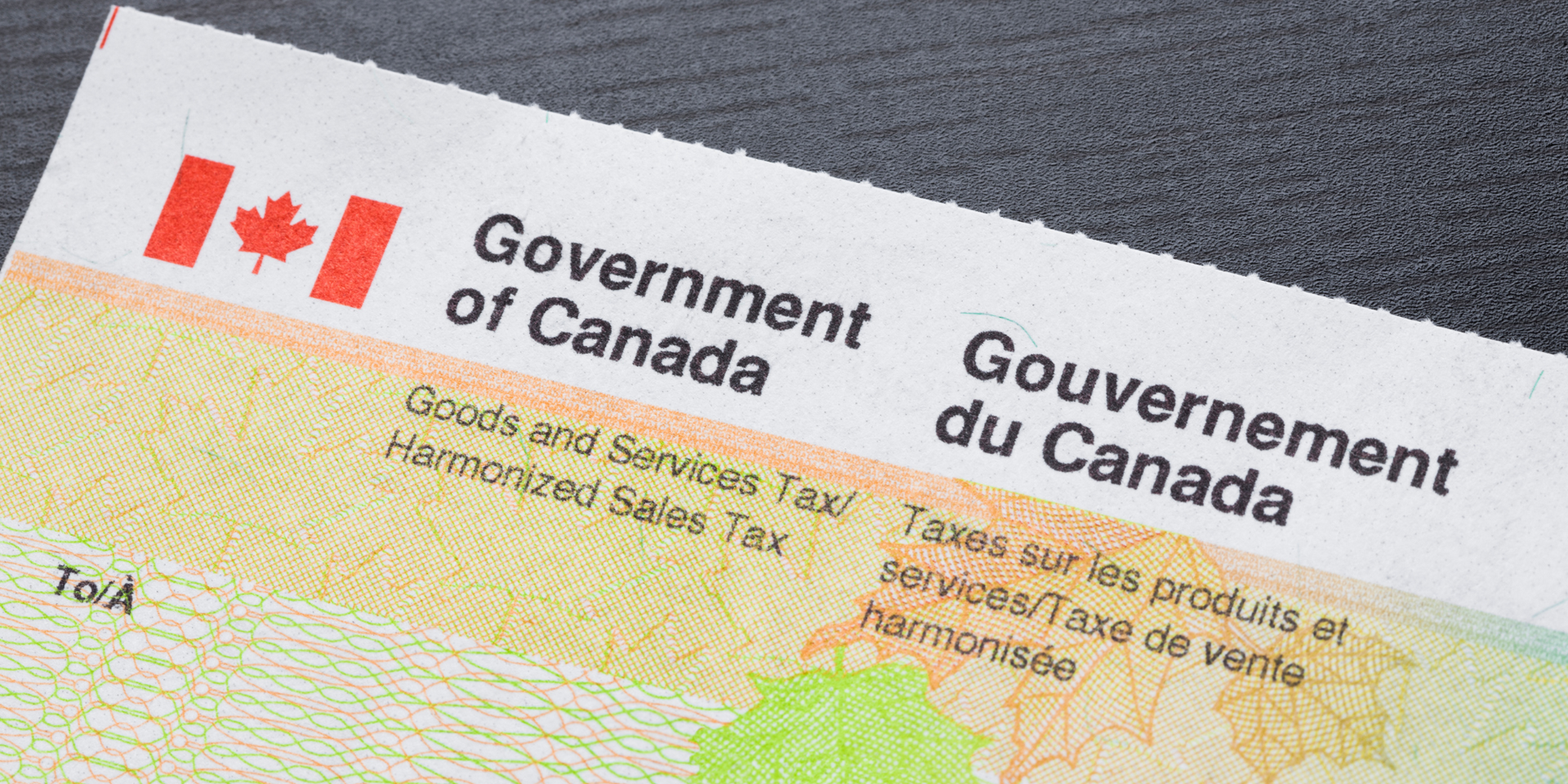
Are you a U.S. citizen living and working in Canada? Maybe you're a dual resident unsure of which tax rules to follow, or perhaps you cross the border daily to work for a Canadian company. Understanding the U.S./Canada Tax Treaty is essential for anyone earning cross-border income. Filing taxes in just one country can be complex, and the U.S. tax system is one of the most complicated in the world. Figuring out taxes for both Canada and the U.S. can be challenging, but don’t worry, we’ve got answers. Here’s how your taxes work under the U.S./Canada tax agreement if you’re living or working in Canada and earning income.

Starting your own business is an exciting and rewarding journey, but with all the enthusiasm, some important financial details—like tax deductions—can be overlooked. As a new business owner, reducing your tax burden is crucial to maximizing profits, yet many Canadian small-business owners miss out on valuable tax deductions, paying up to 42% in taxes. While you're likely familiar with common deductions like office supplies, meals, and wages, there are many lesser-known tax breaks that could save you money. Let’s dive into nine commonly missed tax deductions that could benefit your startup.

Navigating the financial landscape of your child’s education expenses, especially with rising inflation, can be challenging. Whether you're already contributing to a Registered Education Savings Plan (RESP) or considering opening one to fund your child’s post-secondary education, it’s essential to understand the rules and benefits associated with RESP withdrawals. Here’s a comprehensive guide to help you make the most of your RESP in Canada.

Did you know that public funding could help kickstart your business? While many entrepreneurs are familiar with startup loans, fewer know about the wealth of public funding options available—specifically, tax credits and grants. These financial resources can be game changers for launching and growing your business. This article will guide you through various tax credits, grants, and other public funding options that can support your small business.
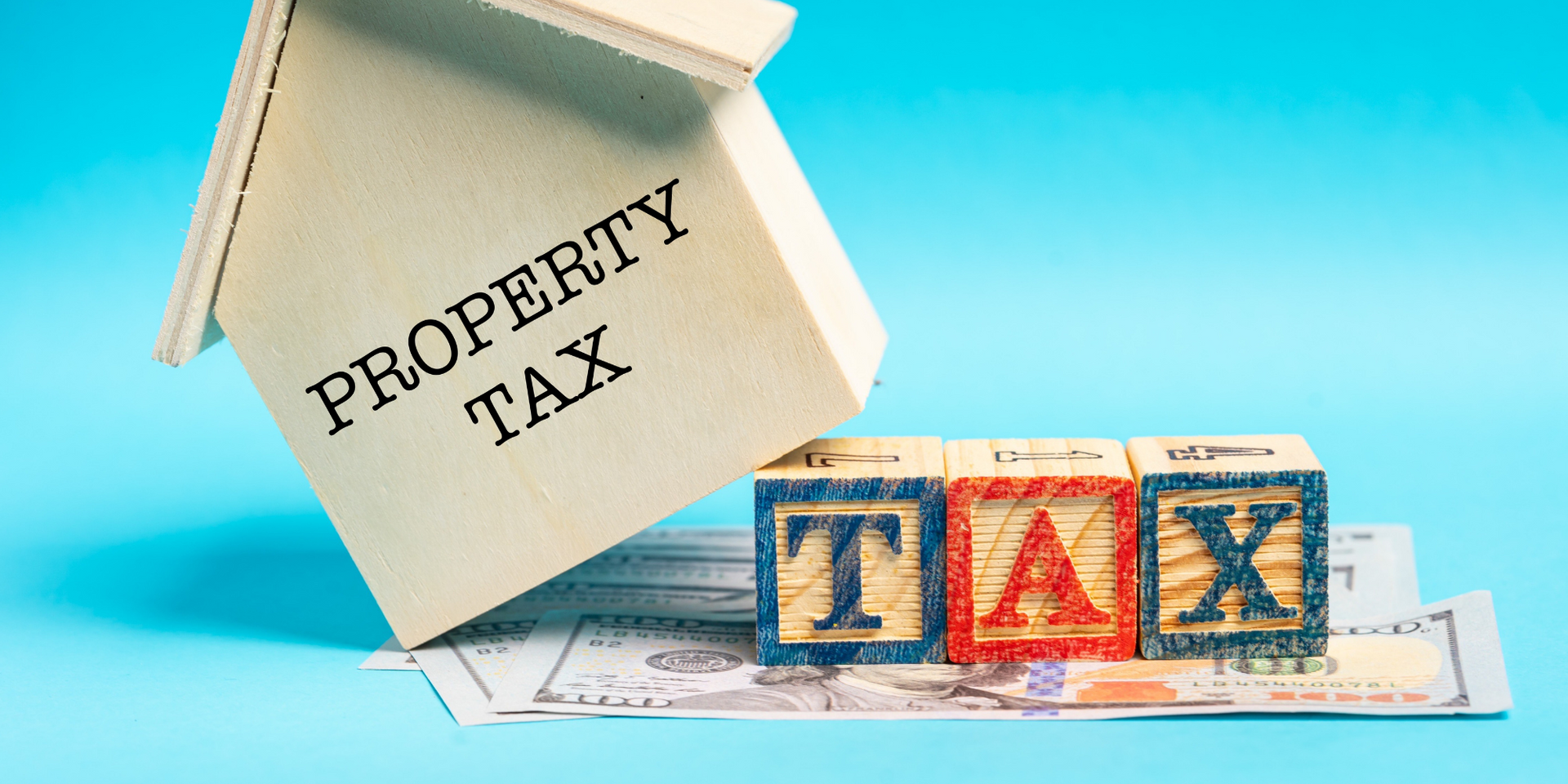
Buying your first home in Canada is an exciting milestone. However, potential and current homeowners in Toronto should be aware of a major change on the horizon: a proposed 10.5% increase in residential property taxes, the largest since 1998. This hike, driven by a nearly $1.8B budget shortfall, includes a 1.5% increase dedicated to city-building projects, such as transit and housing. Homeowners could face an extra $26.75 per month, or $321 annually, in property taxes. City officials have also warned that without federal funding, property taxes could rise even further, up to 16.5%.

Congratulations! Whether you’ve just become self-employed or started a side gig to earn extra income, you're on an exciting journey. Amid all the hustle, you might have come across something called a Business Number (BN). But what exactly is it, and do you need one? Let’s dive in and explore everything you need to know about registering for a BN as a self-employed person or small business owner.

Picture this: tax season is approaching, and you’re frantically trying to gather the documents you need, worried you might miss something important. Sound familiar? That’s why having a tax checklist is essential. It helps you stay organized and ensures you have everything you need to file smoothly. In this article, we’ll cover all the documents you need to have handy when filing your taxes!
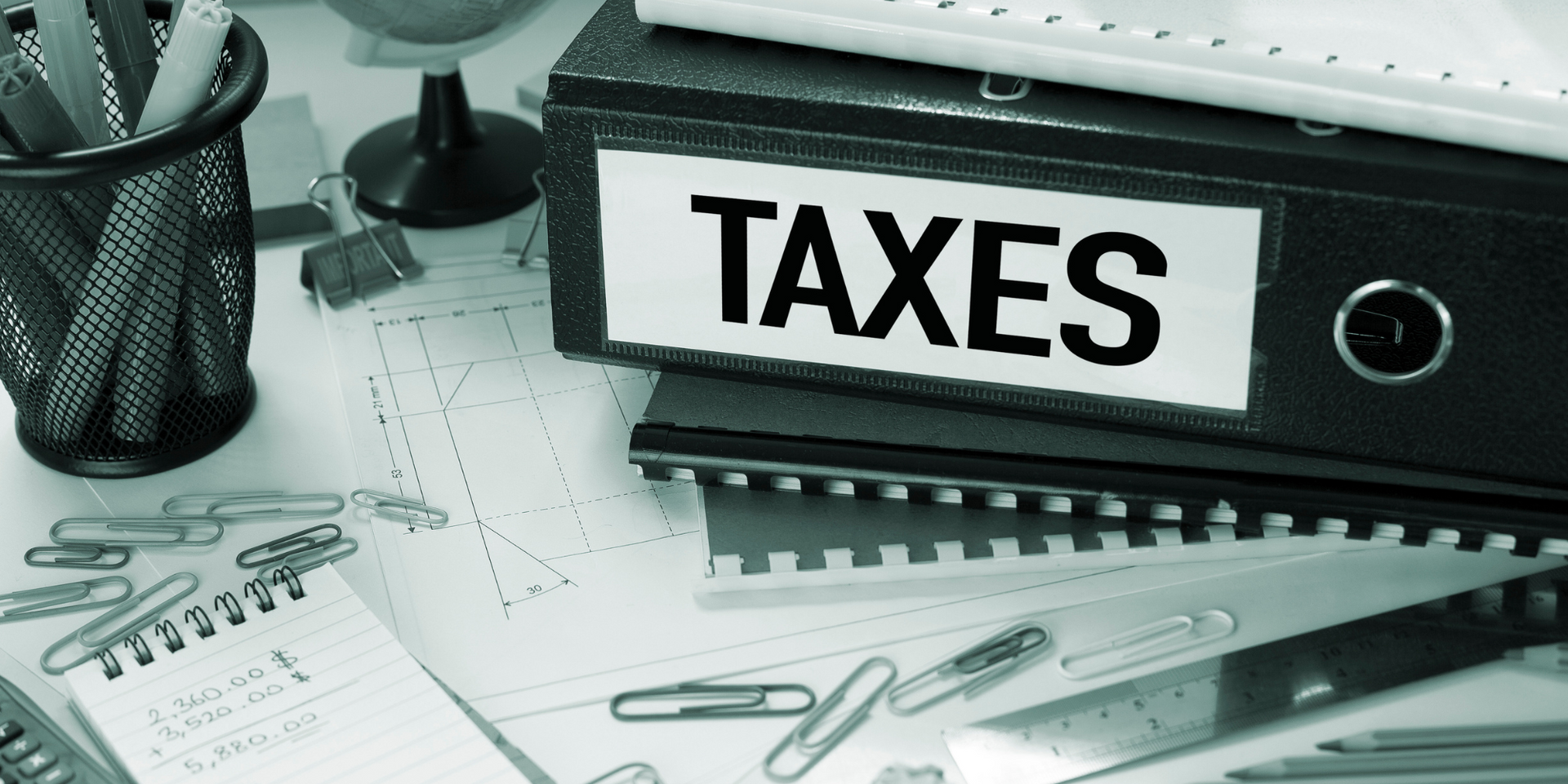
As a taxpayer, one of the most critical aspects to stay on top of is the deadline for filing your taxes. The Canada Revenue Agency (CRA) enforces strict due dates for both returns and payments. Filing on time not only helps you avoid interest and penalties but also ensures you get your refund faster. We’ve compiled all the key tax dates you need to know for a stress-free tax season.

The way we file taxes has evolved dramatically over the past two decades, making it faster and more efficient to submit your returns. With tools like NETFILE, the Canada Revenue Agency (CRA) offers taxpayers a quick and secure method to file returns online. This article explains when to file your taxes, key deadlines, how NETFILE works, and why it’s a great option for fast-tracking your tax return.

If you missed the tax filing deadline and are feeling anxious, take a deep breath—it’s more common than you think, and it’s not too late to take action! You can still file your tax return even after the deadline, and this article will walk you through the process to help you file confidently and minimize any potential penalties.
